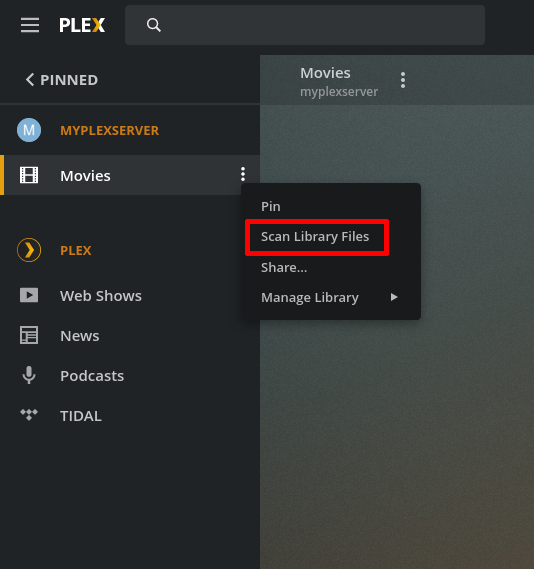

Make a note of your Plex settingsīefore you configure your VPN to pass Plex traffic directly to your server, you’ll need to connect to Plex through the web interface in order to confirm your settings. As a backup, I chose a free and secure Google server at 8.8.4.4 or 8.8.8.8 In this configuration, I use my router first, 192.168.1.1, which forwards DNS lookups to my internet service provider. When choosing static DNS servers, it’s a good idea to use a mix. When a router assigns an IP address that’s already in use on the network, it causes a conflict, so double-check your router’s DHCP settings before you assign a static address. Note that a good static IP address will be outside of your router’s DHCP range. Take note of the IP address, you’ll need it later to setup your VPN. Highlight Internet Protocol Version 4 (TCP/IP 4) and click the Properties button.įinally, select a static IP address for your Plex server, fill out the gateway and DNS information, and click the OK button. Right-click the primary network connection for your computer and click the Properties menu item. On the sidebar, click the Change adapter settings link. Then click View network status and tasks in the Network and Internet category. To set a static IP address, first open the Control Panel. This will let you setup port forwarding properly, and ensure that any changes you make to the VPN configuration or your router will continue to work after a reboot. If you haven’t done so already, make sure to give your Plex server a static IP address. Give your Plex server a static IP address Please note that all of these steps should take place on your Plex streaming media server. There are a few things you’ll need to do before you get started making changes to your network.

If you want to know which VPN we recommend we’ll cover this a little later in the article. This whole process is called selective routing, and it’s a powerful networking tool to know.


 0 kommentar(er)
0 kommentar(er)
